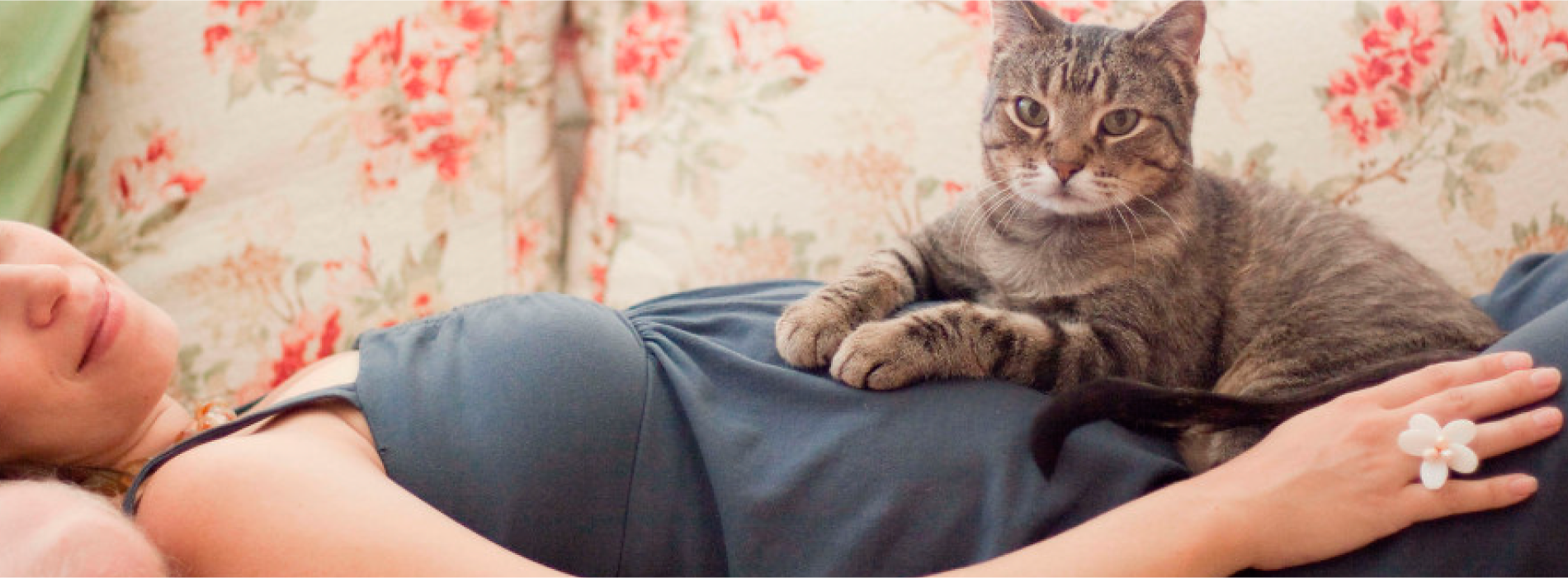
Blog
Euthanasia 101: Understanding Euthanasia for Arizona Pet Parents
Discover compassionate pet hospice and in-home euthanasia services in Phoenix, AZ. Our guide explains how to provide gentle, dignified end-of-life care, helping you navigate tough decisions, create a peaceful farewell, and access support during your pet’s final moments.







